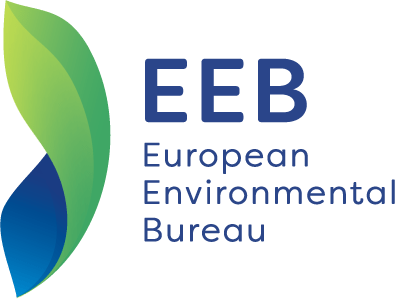The EU’s roadmap to ending Russian energy imports is well-intentioned, but replacing Russian gas with US gas is senseless.
Three years into Russia’s full-scale invasion of Ukraine, the EU is still importing fossil fuels worth hundreds of millions of euros each week from Russia. The Commission’s Roadmap to ending Russian energy imports, published today, observes that while EU countries’ are making progress on reducing reliance on Russian energy and bolstering energy security, there remain serious obstacles to achieving the 2027 phaseout deadline. Moreover progress in phasing out Russian energy imports has been inconsistent between EU countries.
The EU has made considerable progress in reducing reliance on Russian energy imports since 2022, and the EEB is encouraged its commitment to continuing the phaseout even if there is a peace agreement reached before 2027.
Yet, despite the EU’s 2027 phase-out commitment, EU imports of Russian gas increased by 18% in 2024 and even now 13% of the EU’s gas supply comes from Russia. Numbers of ‘shadow’ LNG tankers from Russia have also increased, as have indirect imports of Russian energy via third countries, despite previous efforts to tackle them. Plans to tackle the shadow fleet are vague.
By continuing to finance the Russian war effort with hundreds of millions of euros every week, EU countries are complicit in the terrible loss of life occurring every day in Ukraine. Continued imports of Russian energy will not protect Europe’s competitiveness or security. We welcome Commissioner Jørgensen’s commitment to expanding renewable energy and energy efficiency measures to reduce reliance on Russian energy, as well as the halting of uranium imports from Russia.
Less positively, the roadmap suggests that Russian fuels be replaced by LNG from countries like the US.
Luke Haywood, Policy Manager for Climate and Energy at the EEB, said
‘We are happy to see that the EU is finally presenting a serious plan to phase out all Russian gas imports. But phasing out Russian coal and gas only to replace it with a dependence on US fracking gas is not in the EU’s security or financial interests. EU countries should instead focus on accelerating their deployment of wind and solar energies. The technologies to move to 100% renewable energy are available.’
With The US now a clearly unreliable trade partner, the EU should also not be replacing Russian fossil fuels with American ones. Doubling down on LNG infrastructure and long-distance fossil fuel imports risks locking in volatility, not solving it. While the intention to prevent EU energy demands from expanding Russia’s war chest is admirable, it should be used as an opportunity for the EU to bolster its independence and resilience by investing and renewable energy produced in Europe.
ENDS

